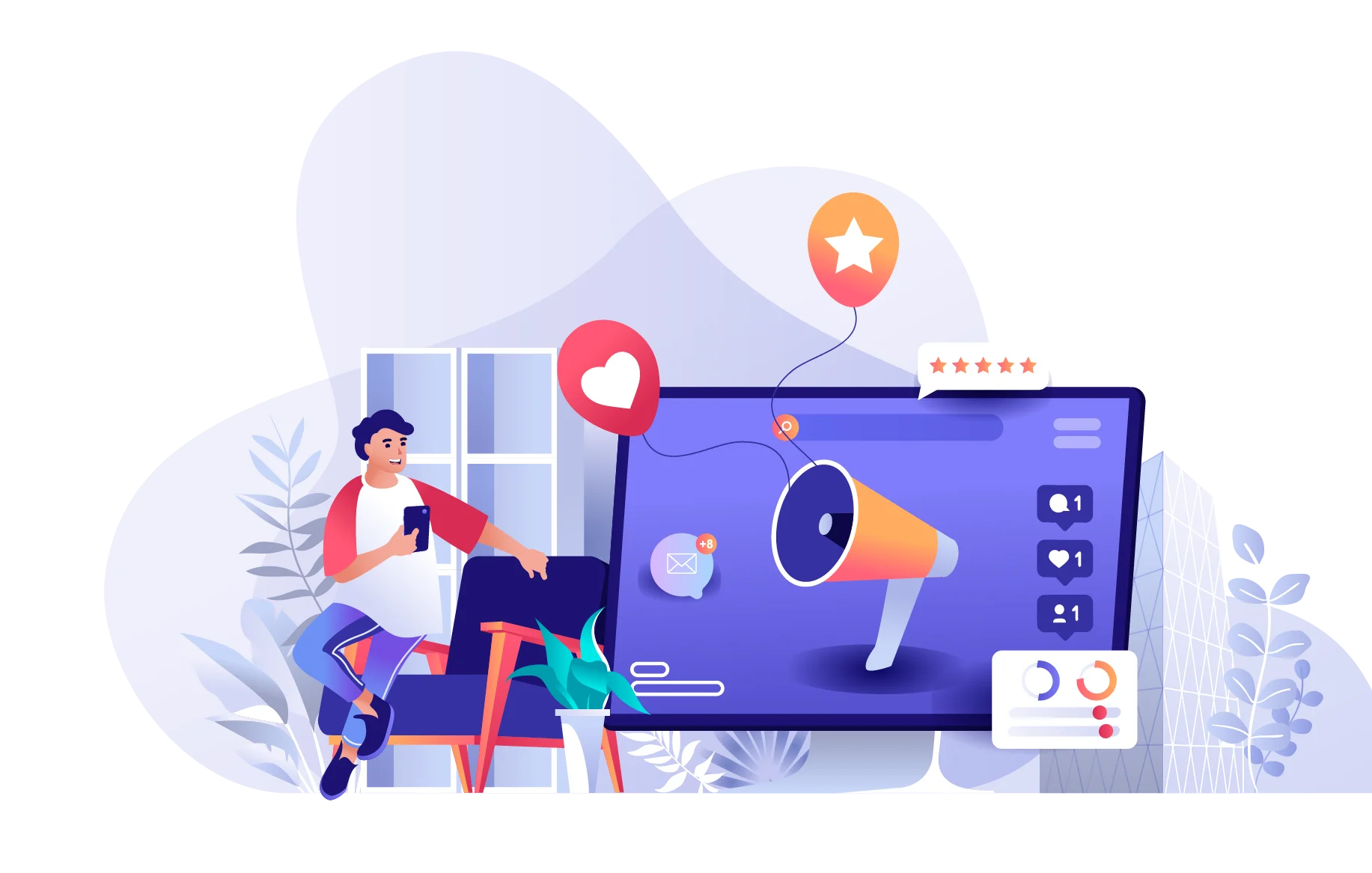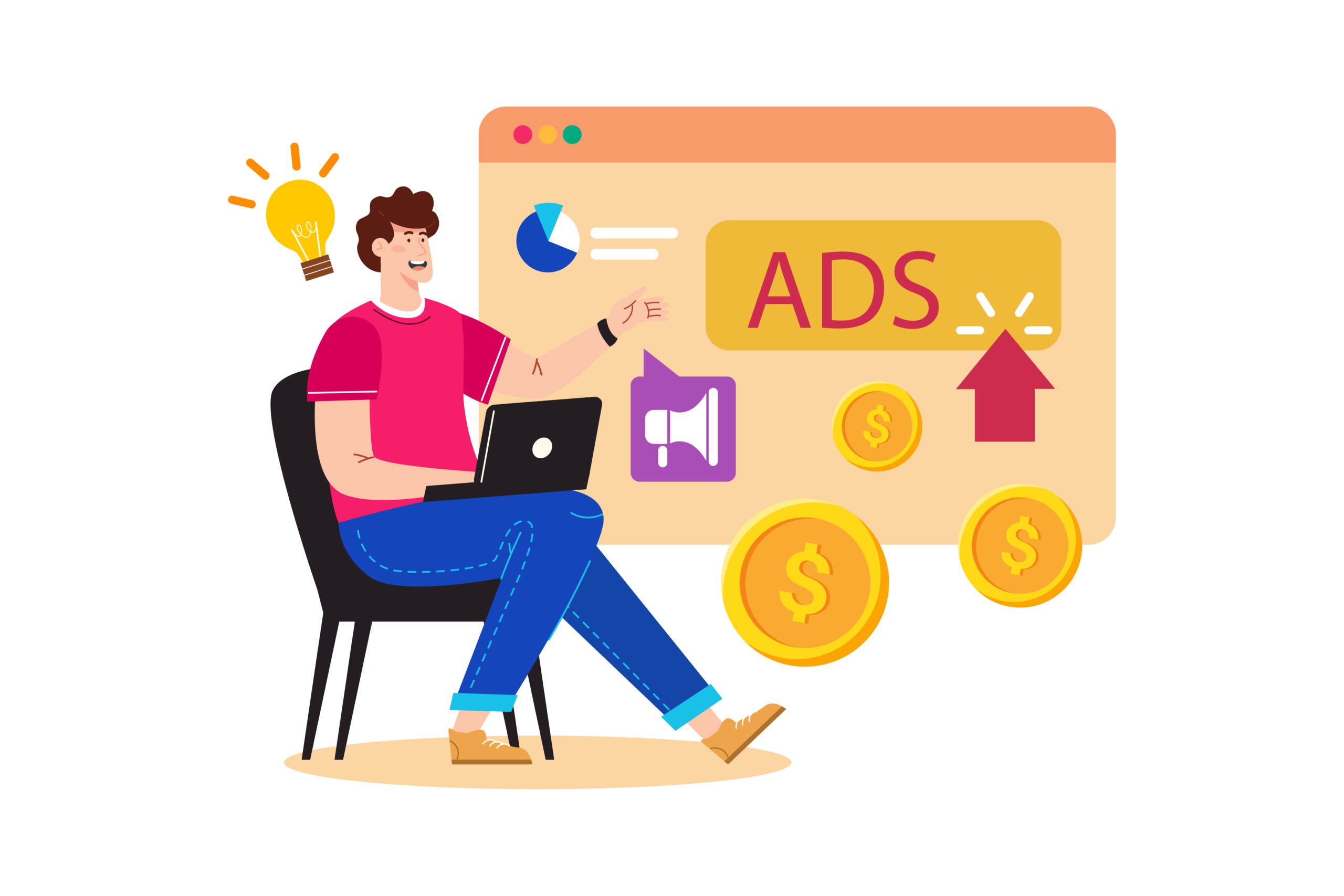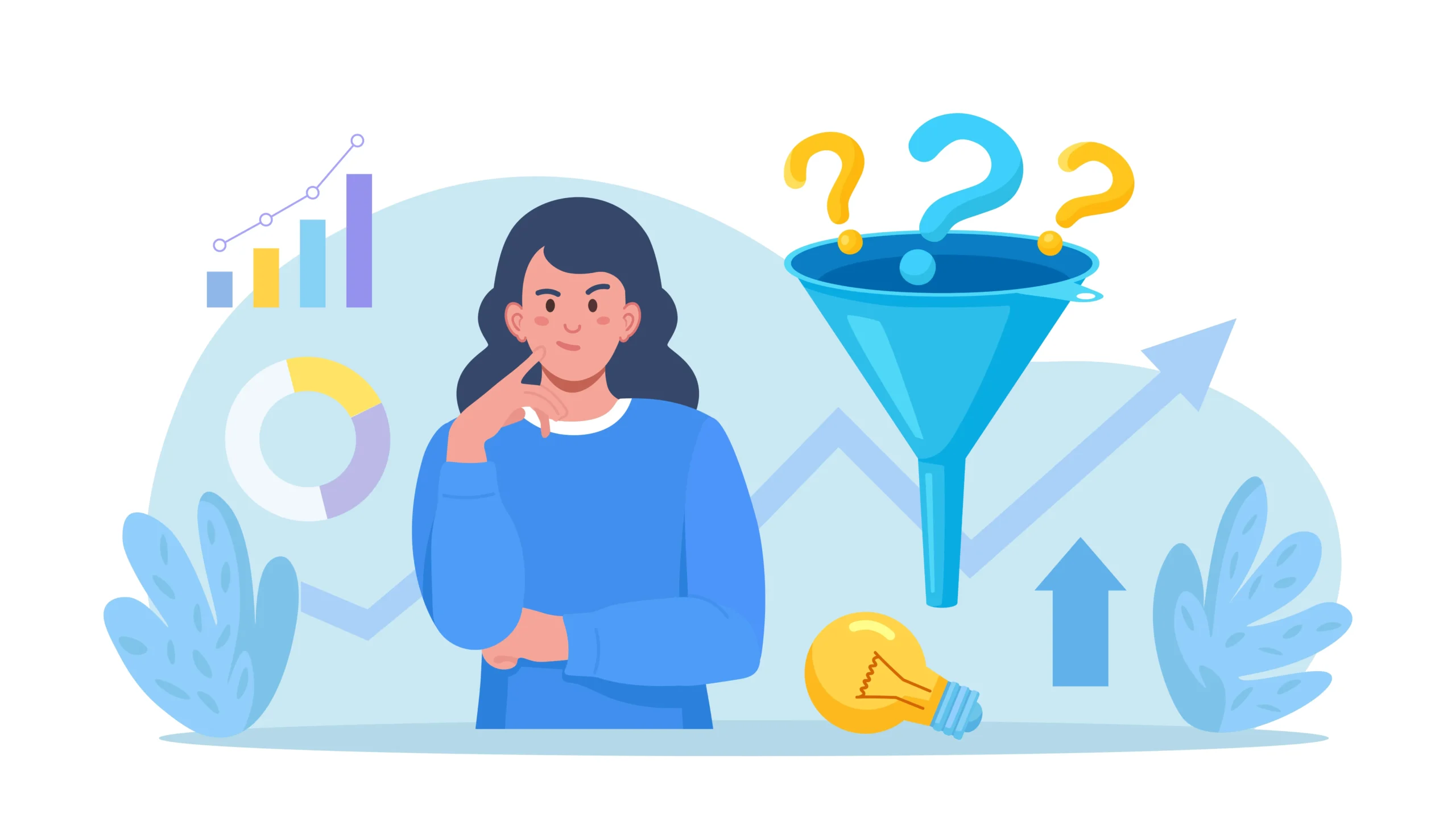
Lead generation is key for any B2B SaaS company. Without a constant flow of qualified leads, even the best products can struggle. In 2024, the competition in the B2B SaaS market is huge, making creative lead generation strategies crucial.
Why is lead generation so important? It keeps your sales pipeline full, turning interested prospects into paying customers. With the right strategies, you can maintain a steady stream of quality leads that are more likely to convert. In a crowded market, traditional methods might not cut it anymore.
In this article, we’ll go over the top seven lead generation strategies that B2B SaaS companies should use in 2024. These strategies will help you attract more leads and turn them into loyal customers. Ready to boost your lead generation game? Let’s get started.
What is SaaS Lead Generation?
Lead generation is essential for driving growth in B2B SaaS companies. It’s the process of attracting potential customers and nurturing their interest until they’re ready to buy.
Types of Leads
Understanding the different types of leads helps tailor your approach:
- Sales-Qualified Leads (SQLs): Prospects who have shown a high level of interest and are ready to engage with your sales team. They understand their needs and see how your product can meet them.
- Marketing-Qualified Leads (MQLs): Leads who have engaged with your marketing efforts, like signing up for a newsletter or downloading a whitepaper. They’re interested but need more nurturing before they’re ready for sales.
- Product-Qualified Leads (PQLs): Unique to SaaS, PQLs have used your product through a free trial or freemium plan and have experienced its value firsthand. They’re often closer to making a purchase decision because they’ve already engaged with your product.
By recognizing these types of leads, you can better tailor your marketing and sales efforts to meet their specific needs and move them through the sales funnel more effectively.
Strategy 1: Content Marketing and SEO

Content marketing is essential for B2B SaaS lead generation.By creating valuable, informative content, you can attract potential customers and build their interest, guiding them through the sales funnel.
Importance
Content marketing establishes your brand as an industry authority. It builds trust with your audience, addresses their pain points, and provides solutions that lead to conversions. Combined with a strong SEO strategy, your content becomes easily discoverable by those searching for your services.
Tactics
- Blog Posts:
- SEO-Optimized Content: Create posts that address customer pain points and include relevant keywords to improve search engine rankings and visibility.
- Examples and Tips: Share actionable advice and practical examples to provide real value to your readers.
- Whitepapers and Ebooks:
- Detailed Resources: Offer detailed guides in exchange for contact information, showcasing your expertise and capturing leads.
- Case Studies:
- Success Stories: Share case studies and testimonials that highlight how your product has helped other businesses, building credibility and trust.
- Customer Quotes: Include direct quotes from satisfied customers to add authenticity.
Best Practices
- Regular Updates: Keep your content fresh by regularly updating your blog and resources, showing that your company stays current with industry trends.
- Engaging Visuals: Use images, infographics, and videos to make your content more engaging and easier to digest.
- Cross-Channel Promotion: Promote your content on social media, email newsletters, and industry forums to maximize its reach.
By focusing on valuable, educational content and optimizing it for search engines, you can effectively attract and convert leads. Implement these tactics to see significant improvements in your lead generation efforts.
Strategy 2: Webinars and Virtual Events

Webinars and virtual events are excellent for generating high-quality leads. They allow you to showcase your expertise, provide valuable knowledge, and engage directly with potential customers.
Tactics
- Educational Webinars:
- Understanding The Industry: Offer webinars that explore industry trends, challenges, and solutions. Share your knowledge to position your brand as an authority.
- Interactive Q&A: Include a Q&A session to engage your audience and address their specific questions.
- Live Demos:
- Product Features: Conduct live demonstrations to showcase your product’s features and benefits instantly. Show how your solution solves the audience’s problems.
- Use Cases: Highlight actual examples to demonstrate practical applications of your product.
- Virtual Conferences:
- Industry-Specific Events: Host or participate in virtual conferences focused on your industry. This is a great way to network and connect with potential leads.
- Panel Discussions: Engage industry experts in panel discussions to provide diverse perspectives and valuable analysis.
Best Practices
- Advance Promotion: Promote your webinars and virtual events well in advance to maximize attendance. Use email marketing, social media, and your website to spread the word.
- Interactive Elements: Incorporate interactive elements like polls, Q&A sessions, and chat features to keep the audience engaged.
- Follow-Up: After the event, follow up with participants. Send a thank-you email, share the webinar recording, and provide additional resources to continue the conversation.
By leveraging webinars and virtual events, you can effectively engage with your audience, build trust, and generate high-quality leads. Implement these tactics to enhance your lead generation efforts and connect with potential customers on a deeper level.
Strategy 3: Email Marketing

Email marketing is a direct and personal way to develop leads and guide them through the sales funnel. By sending targeted, personalized emails, you can keep potential customers engaged and informed about your product and industry trends.
Tactics
- Personalized Campaigns:
- Segmentation: Divide your email list into segments based on buyer profiles, ensuring that each group receives relevant content.
- Tailored Content: Customize your messages to address the specific needs and goals.
- Automated Drip Campaigns:
- Engagement Sequences: Set up automated email sequences to consistently educate and nurture leads.
- Behavioral Triggers: Use triggers based on user behavior to send timely, relevant emails.
- Newsletters:
- Regular Updates: Send newsletters with updates on industry trends, company news, and product developments.
- Valuable Content: Include tips, case studies, and observations that provide real value to your readers.
Best Practices
- A/B Testing: Optimize your emails by testing different subject lines, content, and calls to action.
- Clear Calls to Action: Include clear calls to action to guide recipients toward the next step.
By using these email marketing tactics, you can build stronger relationships with your leads and move them closer to making a purchase. Implementing these best practices will help you optimize your email campaigns and achieve better results.
Strategy 4: Social Media Marketing

Social media platforms are important for reaching and engaging with potential leads. By using the right platforms and creating engaging content, you can connect with your target audience and build strong relationships.
Tactics
- LinkedIn:
- Networking: Connect with industry professionals and potential clients. Participate in relevant groups and discussions.
- Content Sharing: Share valuable articles, case studies, and company updates regularly to establish your brand as an industry leader.
- Targeted Ads: Use LinkedIn’s advertising tools to reach specific demographics and job titles relevant to your business.
- Twitter:
- Thought Leadership: Share industry news, expert insights, and timely updates about your product.
- Engagement: Respond to comments and participate in relevant hashtags and Twitter chats.
- Facebook & Instagram:
- Retargeting: Use retargeting to re-engage users who have visited your website or interacted with your content.
- Advertising: Create visually appealing ads that showcase your product’s features and benefits to your target audience.
Best Practices
- Consistent Posting: Maintain a regular posting schedule to keep your audience engaged.
- Engaging Content: Create content that is visually appealing, informative, and relevant to your audience.
- Analytics: Use analytics tools to track the performance of your social media campaigns and refine your strategies based on the data.
By successfully using social media marketing, you can reach a broader audience, engage potential leads, and build lasting relationships with your target market. Implement these tactics and best practices to enhance your social media presence and drive lead generation.
Strategy 5: Pay-Per-Click (PPC) Advertising

Pay-Per-Click (PPC) advertising is an effective way to quickly generate leads by targeting specific keywords and demographics. This strategy provides immediate results and drives high-quality traffic to your website.
Tactics
- Google Ads:
- Keyword Targeting: Focus on keywords relevant to your industry to attract potential customers searching for your solutions.
- Ad Extensions: Use ad extensions to add site links, call buttons, and location details, making your ads more appealing.
- Social Media Ads:
- Platform Selection: Run targeted ads on platforms like LinkedIn, Facebook, and reach your audience.
- Audience Targeting: Use advanced targeting options to reach specific demographics, job titles, and interests.
- Retargeting Campaigns:
- Visitor Re-Engagement: Re-engage visitors who interacted with your website but didn’t convert. Show them tailored ads to bring them back.
- Personalized Messaging: Create ads based on the visitor’s previous interactions with your site to increase the likelihood of conversion.
Best Practices
- Monitor Ad Performance: Regularly check performance metrics and adjust strategies based on the data.
- Optimize Landing Pages: Ensure your landing pages have clear headlines, engaging content, and strong calls to action.
- Adjust Bids and Keywords: Continuously refine your keyword list and adjust bids to maximize ROI.
PPC advertising can be a powerful tool for lead generation. By targeting the right keywords and demographics and following best practices, you can drive high-quality traffic to your website and increase conversions.
Strategy 6: Referral Programs and Partnerships

Referral programs and strategic partnerships can significantly boost your lead generation efforts. Leveraging word-of-mouth marketing and forming alliances with complementary businesses allows you to reach new audiences and generate high-quality leads.
Tactics
- Customer Referral Programs:
- Rewards: Encourage existing customers to refer new leads by offering attractive rewards like discounts or free service months.
- Easy Process: Simplify the referral process with ready-made templates and referral links for easy sharing.
- Affiliate Marketing:
- Influencer Partnerships: Collaborate with industry influencers or businesses to promote your product to their audience.
- Commission Rewards: Offer commissions or other benefits to affiliates for each lead or sale they generate, motivating them to promote your product.
- Strategic Alliances:
- Complementary Partnerships: Form alliances with businesses offering complementary products or services. This can include co-marketing campaigns, joint webinars, or bundled offers.
- Shared Resources: Use each other’s resources and networks to reach a broader audience.
Best Practices
- Attractive Rewards: Ensure your rewards are compelling enough to motivate customers and partners.
- Simple Processes: Keep the referral and partnership processes straightforward and user-friendly.
- Strong Relationships: Maintain ongoing communication and strong relationships with partners for long-term collaboration and success.
Referral programs and strategic partnerships can be powerful tools for lead generation. Implementing these tactics and best practices can help you expand your reach and attract high-quality leads.
Strategy 7: Product-Led Growth

Using your product as a lead generation tool is a powerful approach for B2B SaaS companies. By allowing potential customers to experience the product firsthand, you can demonstrate its value and build trust.
Importance
Product-led growth (PLG) focuses on using the product itself to drive user acquisition, expansion, and retention. This strategy relies on delivering an exceptional product experience that turns users into advocates.
Tactics
- Free Trials and Freemiums:
- Hands-On Experience: Offer free trials or freemium versions of your product. This allows users to explore the features and benefits without any initial cost.
- Conversion Opportunities: Use the trial period to highlight key features and encourage users to upgrade to a paid plan.
- In-Product Onboarding:
- Quick Value: Design an onboarding process that helps users quickly understand and benefit from your product. Use tooltips, tutorials, and guided walkthroughs to assist users.
- Personalization: Tailor the onboarding experience to different user segments to make it more relevant.
- User Feedback Loops:
- Continuous Improvement: Collect feedback from users to identify areas for improvement. Use surveys, in-app feedback, and user interviews to gather information.
- Iterative Updates: Regularly update your product based on user feedback to enhance the user experience.
Best Practices
- Smooth Onboarding: Ensure your onboarding process is intuitive and reduces any friction for new users.
- Helpful Resources: Provide resources like knowledge bases, video tutorials, and webinars to help users maximize your product.
- Continuous Improvement: Keep refining your product based on user feedback and analytics to meet user needs and stay competitive.
Product-led growth uses the product itself to attract, engage, and retain customers. By implementing these tactics and best practices, you can create a smooth user experience that boosts lead generation and builds lasting customer relationships.
Conclusion
Boosting lead generation in the B2B SaaS market requires a comprehensive approach. From leveraging content marketing to utilizing product-led growth, these strategies will help attract and nurture leads.
Implementing these tactics can boost your efforts in 2024. Need a hand? Book a call with us.
Success lies in continuously refining and adapting your strategies. Stay agile and responsive to maintain your competitive edge and drive sustained growth.









